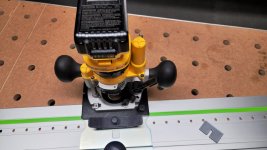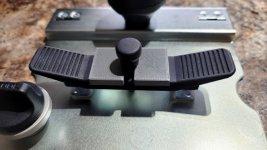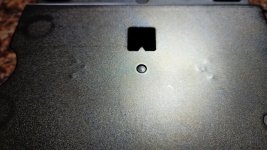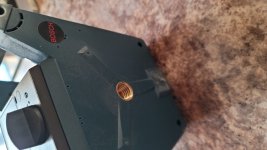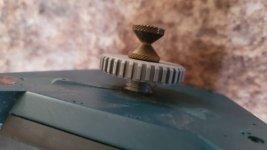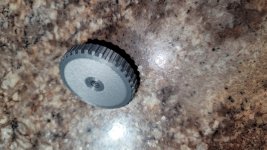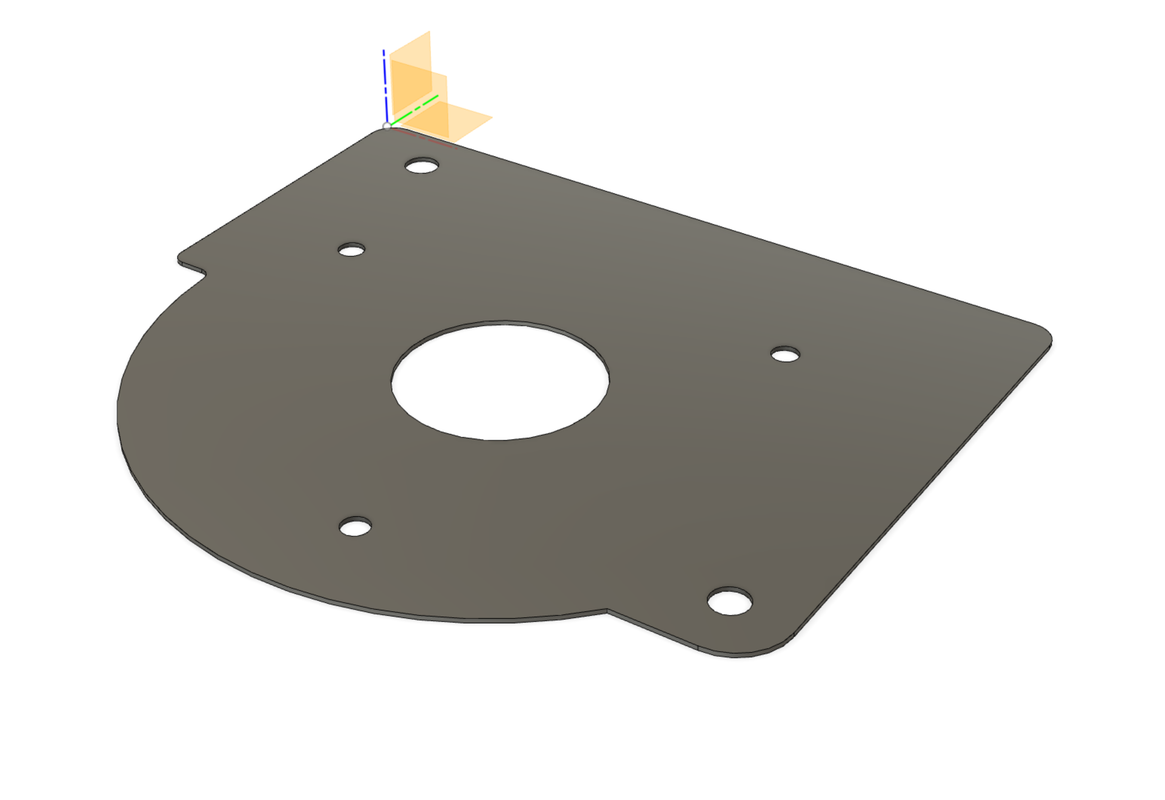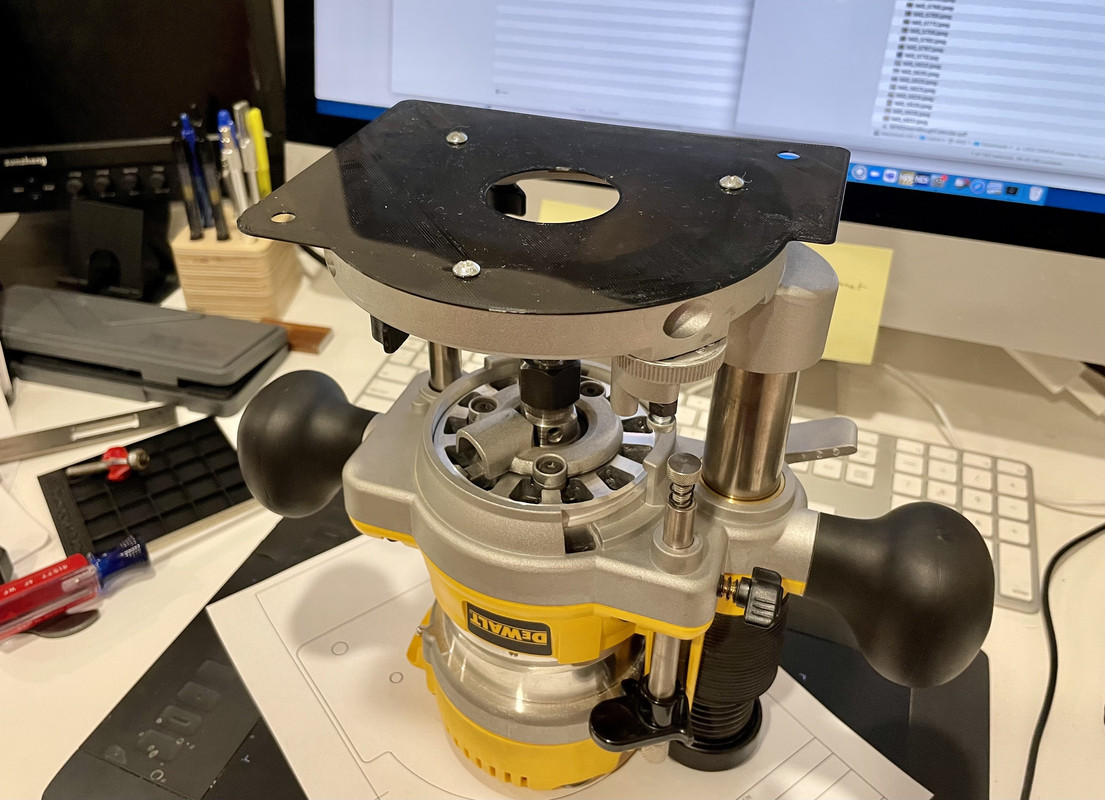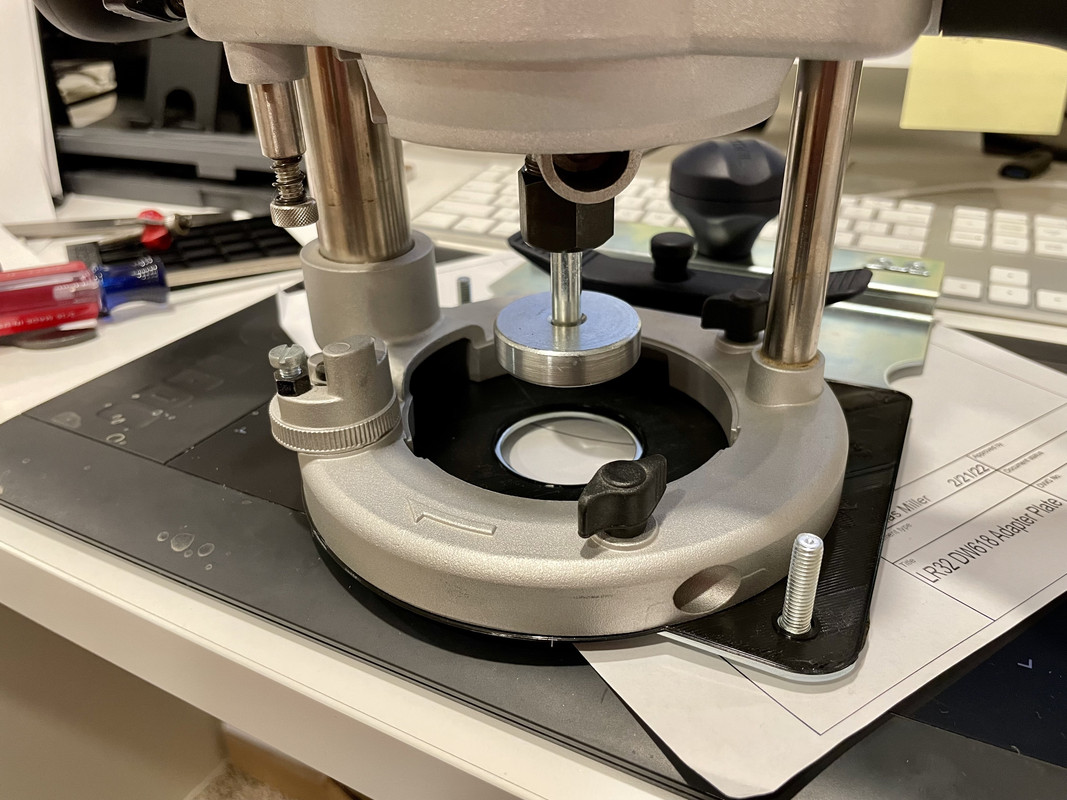- Joined
- Feb 22, 2016
- Messages
- 3,014
I call it a pin lock but I don't remember what it was originally named if anything. I say pin lock because I use it to lock the pin up on the LR32 base so I can slide the base along without engaging the holes in the rail.
Like I said my first was made from a scrap of 5mm ply years ago. This one in PLA works the same, no added benefit over a scrap of ply, just looks better.
I put it on Thingiverse for non-commercial use.https://www.thingiverse.com/thing:5255185
Like I said my first was made from a scrap of 5mm ply years ago. This one in PLA works the same, no added benefit over a scrap of ply, just looks better.
I put it on Thingiverse for non-commercial use.https://www.thingiverse.com/thing:5255185

